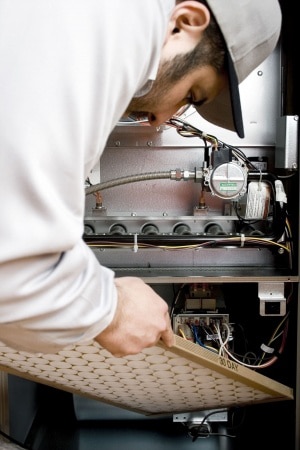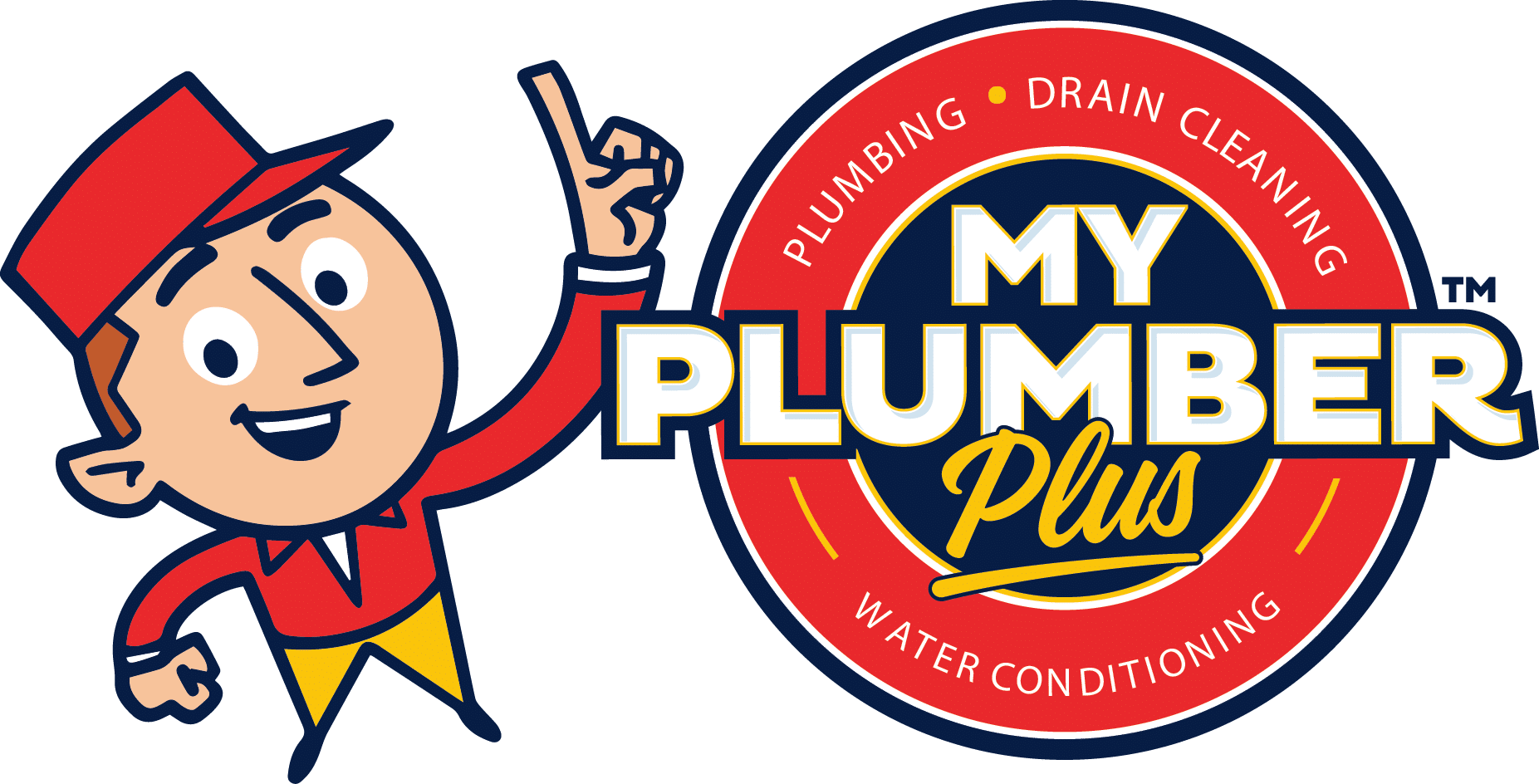In the rush to make all of our homes ultra efficient by sealing air leaks and creating an air-tight home environment, we have run into an unintended consequence – indoor air quality problems. The air quality inside our homes can be up to six times worse than the air outside. That’s six times the number of potential allergens and respiratory irritants.
Amber Wood, a program manager at the National Association of Home Builders Research Center puts it in layman’s terms, “You don’t have as much fresh air coming in, plus you’re bringing in all kinds of chemicals that are part of your furniture or are tracked in on the bottom of your shoes.” We’re bringing it in but it can’t get out.
Listen to the EPA
According to the Environmental Protection Agency (EPA), the immediate effects of indoor air pollution can include, “irritation of the eyes, nose, and throat, headaches, dizziness, and fatigue.” Most of these will cease once you have left the polluted area. This is how you can tell the difference between an indoor air pollution problem and a head cold. The EPA also suggests that long term exposure can be linked to certain types of cancer, respiratory illness and heart disease.
People with asthma, humidity fevers or hypersensitivity pneumonitis can have their symptoms flare up after being in a home with poor indoor air quality. There is good news, though. A few changes to your monthly routine can lead to much better indoor-air quality and fewer days of sniffling and sneezing.
For Better Indoor Air Quality Buy a Better Furnace Filter Today
The first place to start to control indoor air pollution is with your air handler system. Consider purchasing a furnace filter with a MERV rating of 13. This will filter out over 90% of all allergens on a single pass. Higher rated filters are designed for commercial air handlers and can compromise the air flow in your residential system and lead to poor air filtration. Filters with lower ratings will not collect as many airborne particles and could even allow certain smaller irritants to pass clean through.
Vacuum With the Furnace Fan On
If you have an older vacuum or one without HEPA filtration, make sure you have your furnace fan turned on when you vacuum. The act of vacuuming stirs up dust in the carpet and sends it airborne. Not all of it gets sucked in by the vacuum. When you turn on the fan only mode of your furnace, the fan will suck dirty air through the return vents to the filtration system.
Purchase a New Vacuum
Consider a canister style HEPA filtered vacuum with both hard floor and carpet modes. The hard floor mode will turn off the spin brush while you are on hard surfaces so the dust won’t be kicked up into the air and reduce your indoor air quality. The HEPA filter will collect even the smallest debris and eave little, or no airborne particles. Empty the canister outdoors to prevent dust clouds from hovering in your home.
Use a Dusting Spray
If you dust with a dry rag all you are doing is moving dust from one place to another. Instead of letting it get airborne, use an electrostatic dusting spray or a misting bottle to create an adhesive surface on the dust. You’ll pick up more dust that way and less of it will be floating around to attack your nose.
Wash Your Sheets Every Week
If you are like the typical American you spend almost a third of your day in your bed. That means you are dropping skin cells on your pillow and bed sheets there more than anywhere else. This is food for dust mites. Dust mite excretions are one of the most prevalent lung irritants in the home and causes horrible indoor air quality in the bedroom. Washing your sheets and pillow cases in hot water once a week will keep the concentration of dust mites to a minimum and leave you sleeping more soundly.

